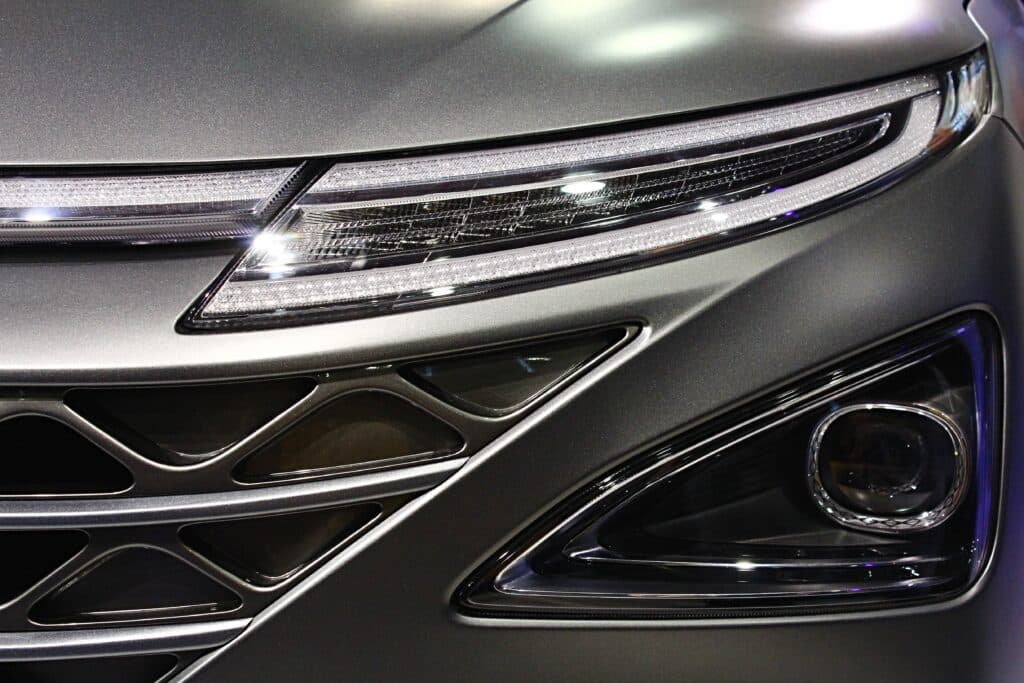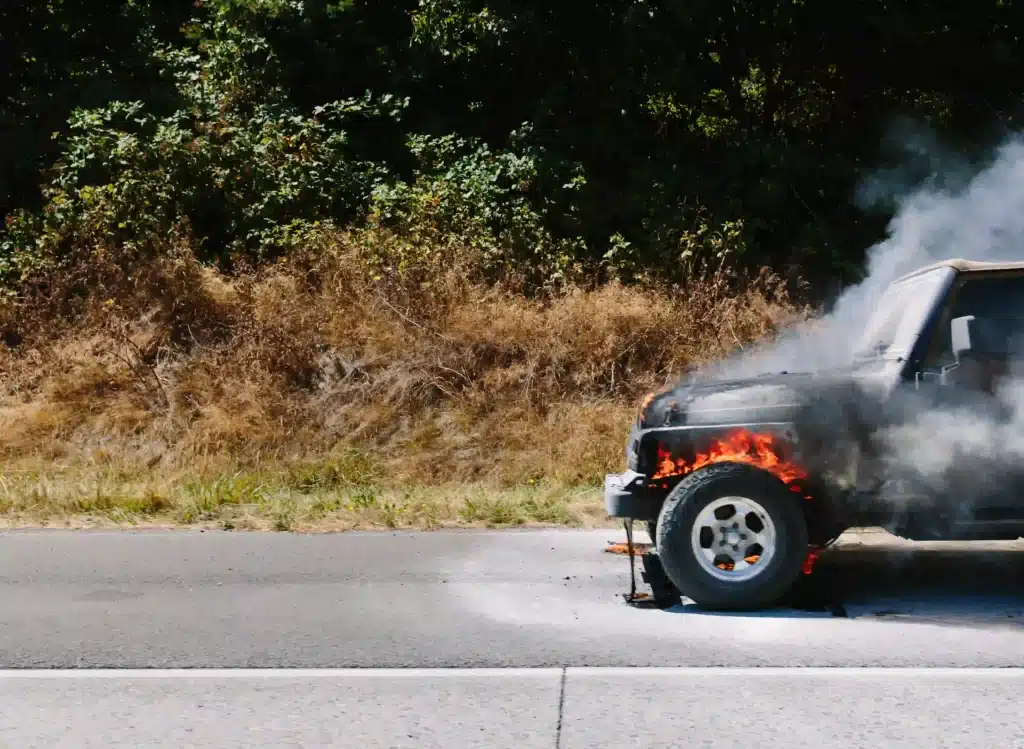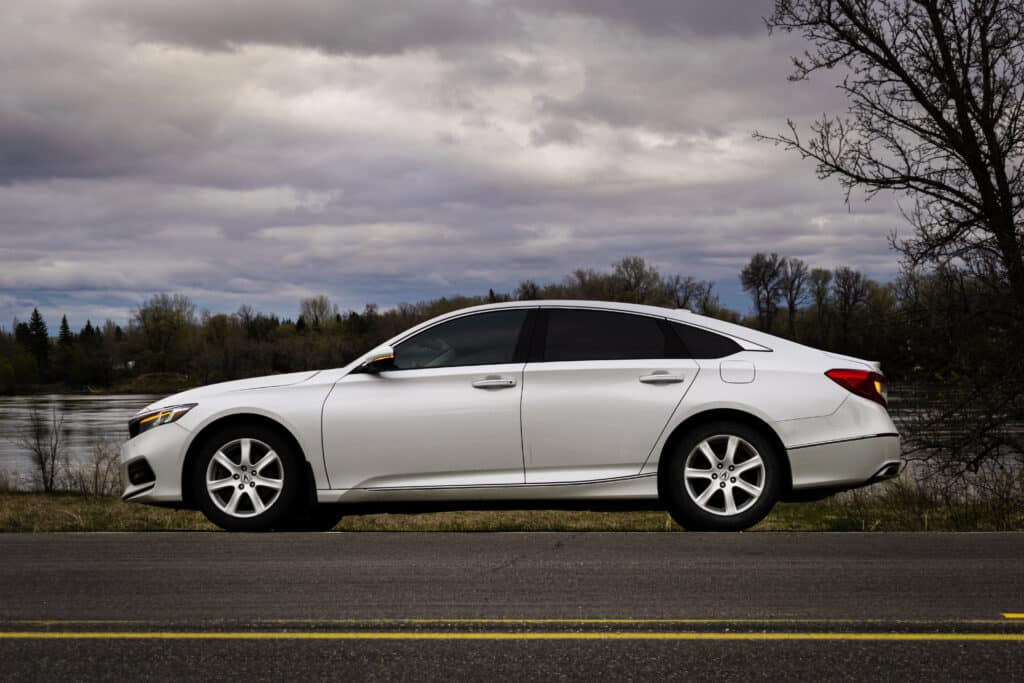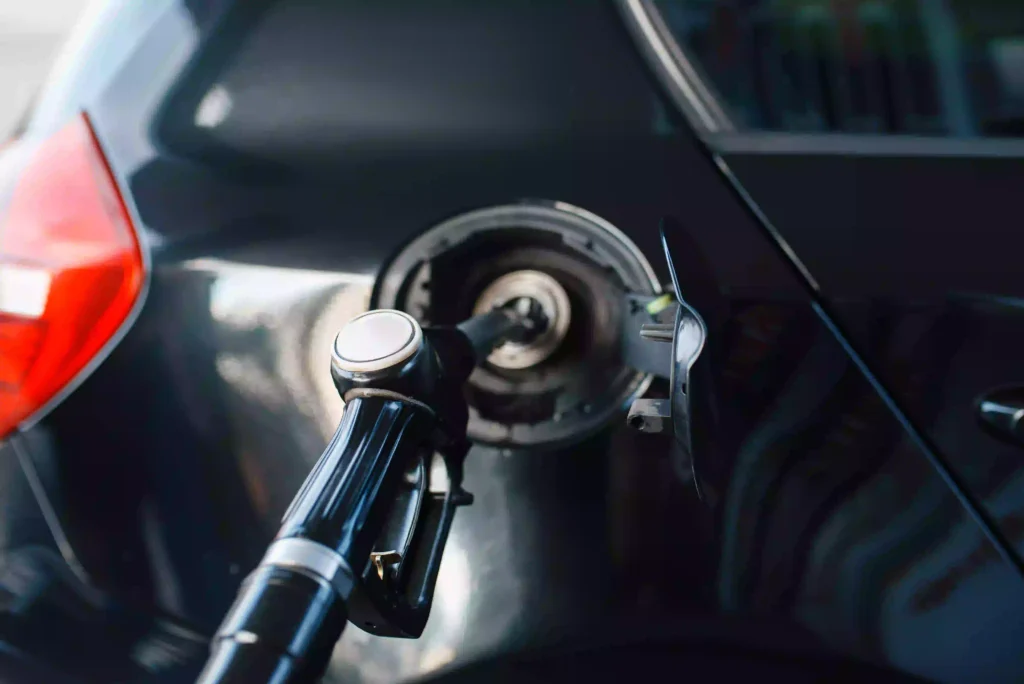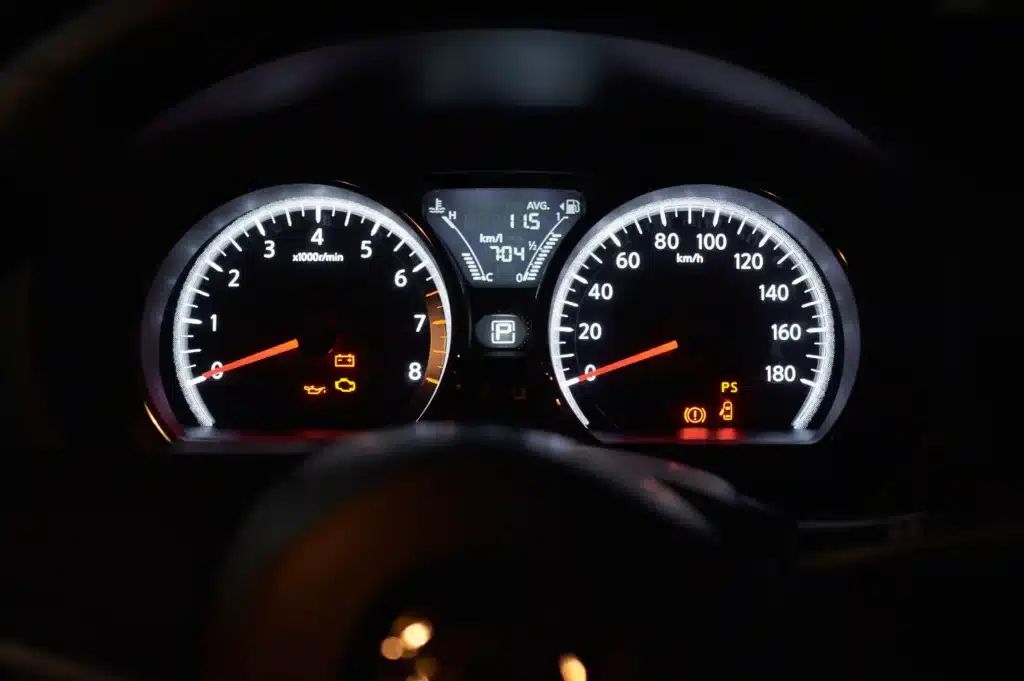Auto Recall Guide: What You Need to Know
Home » Auto Buying Guide » Auto Recall Guide: What You Need to Know

Recalls occur after a particular vehicle model (or multiple models) experiences a recurring problem that negatively impacts consumers’ safety.
Sometimes, manufacturers are ordered by the National Highway Traffic Safety Administration (NHTSA) to do so. When recalls are issued, consumers receive notices in the mail that inform them of the defect, instruct them to return their vehicles and, if applicable, specify the repairs offered to address the defect.
If you are curious about past recalls for your vehicle, you can search for them in the NHTSA’s database. The link will take you to a page in which you can enter your VIN number. If you want to research any vehicle model, you may click the “vehicle” tab and search by year, make and model.
The results will feature recalls, investigations, complaints and manufacturer communications.
Click the number in the row of your desired vehicle and in the column titled “Recalls.” This will take you to a page featuring a list of recalls for that specific vehicle.
Click on any recall entry. It will feature a recall summary, which will include a list of the affected models and a brief description of the defect.
If applicable, the recall summary will also feature the remedy offered by the manufacturer.
There are often associated documents that feature remedy instructions, manufacturer notices to dealers, owner notification letters and technical service bulletins (TSBs). Also available on NHTSA’s website are other manufacturer communications, complaints and investigations.
Lemon Law Help by Knight Law Group is an automotive lemon law firm that exclusively practices in California, with offices in Los Angeles, San Francisco, Sacramento and Orange County. If you are a California resident who purchased or leased a defective vehicle from a licensed dealership in California, we may be able to help you get rid of your potential lemon and recover significant cash compensation. Model year restrictions apply: 2020–Present vehicle models only.
However, we cannot help those who reside outside of California or purchased their vehicle outside of California unless they are active duty members of the Armed Forces, nor will we be able to refer them to a lemon law firm in their states.
To learn more about the California Lemon Law and your legal rights, visit our guide on the California Lemon Law for more information.
Do You Have A Lemon Vehicle?
"*" indicates required fields

